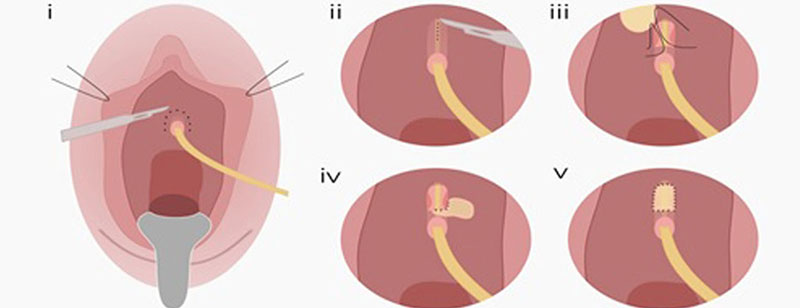
Female urology is a specialized branch of urology that focuses on the diagnosis, treatment, and management of urinary and pelvic disorders specific to women. Urologists who specialize in female urology are trained to address a wide range of conditions that affect the female urinary and reproductive systems.

Incontinence management encompasses a range of strategies and treatments aimed at addressing urinary or fecal incontinence, conditions where an individual loses control over their bladder or bowel functions. This management is essential for enhancing the quality of life and dignity of those affected.
Firstly, it involves a thorough evaluation by healthcare professionals to determine the underlying cause and type of incontinence. There are several types, including stress incontinence, urge incontinence, overflow incontinence, and functional incontinence, each requiring a different approach.
Treatment options may include lifestyle modifications such as dietary changes, fluid management, and pelvic floor exercises. Behavioral therapies, like bladder training and timed voiding, are also effective in controlling incontinence. Medications may be prescribed to address overactive bladder or relax the bladder muscles.
For individuals with severe incontinence or those who haven't responded to conservative measures, surgical interventions like slings or artificial urinary sphincters may be recommended. In some cases, medical devices such as pessaries can help manage incontinence.

Sling surgeries, medically known as midurethral sling procedures, are a common and minimally invasive surgical intervention primarily used to treat stress urinary incontinence (SUI) in women. SUI is characterized by involuntary urine leakage during activities such as sneezing, laughing, or exercising due to weakened pelvic floor muscles and ligaments.
During a sling surgery, a synthetic mesh sling is inserted beneath the urethra, the tube that carries urine from the bladder. This supportive sling helps provide additional structural support to the urethra, preventing unwanted urine leakage. There are two main types of sling surgeries: the retropubic and transobturator approaches, with the latter being less invasive.
The procedure typically takes less than an hour and is often performed under local or regional anesthesia, minimizing the risks associated with general anesthesia. Recovery time is relatively short, and patients can usually return to their daily activities within a few days to weeks.

Vesicovaginal fistula (VVF) repair and cystocele repair are two distinct surgical procedures that address specific issues affecting the female reproductive and urinary systems.
Vesicovaginal fistula repair: VVF is a condition in which an abnormal connection forms between the bladder and the vagina, leading to continuous urinary leakage through the vagina. VVF repair is a surgical intervention aimed at correcting this connection. During the procedure, the surgeon carefully separates the bladder and vaginal tissues and closes the abnormal opening. This repair restores the normal anatomical separation between the bladder and the vagina, allowing for proper urinary control. VVF repair can be performed through the vaginal or abdominal approach, depending on the size and complexity of the fistula.
Cystocele repair: A cystocele occurs when the wall of the bladder protrudes into the vaginal canal, leading to pelvic organ prolapse and related symptoms. Cystocele repair, also known as anterior vaginal wall repair, involves restoring the proper position of the bladder and vaginal tissues. The surgeon typically reinforces the weakened vaginal wall with sutures and may use mesh to provide additional support. This procedure can be performed transvaginally or abdominally, depending on the extent of the prolapse.
Both VVF repair and cystocele repair aim to improve a woman's quality of life by addressing specific gynecological and urinary issues. Patients should consult with a qualified gynecologist or urogynecologist to determine the most appropriate treatment for their condition.

A urethral stricture is a medical condition characterized by the narrowing or constriction of the urethra, the tube that carries urine from the bladder to the external body. This narrowing is often the result of scar tissue or inflammation, which can lead to a range of bothersome urinary symptoms and complications.
Urethral strictures can be caused by various factors, including urinary tract infections, trauma, inflammation, or prior surgeries. The most common symptom of a urethral stricture is a slow, weak urine stream, along with increased frequency of urination, painful urination, and urinary retention. In severe cases, it can lead to complete urinary obstruction, which is a medical emergency.
Diagnosis typically involves a medical history, physical examination, and various tests, such as urethral imaging or endoscopy. Treatment options for urethral strictures may include: